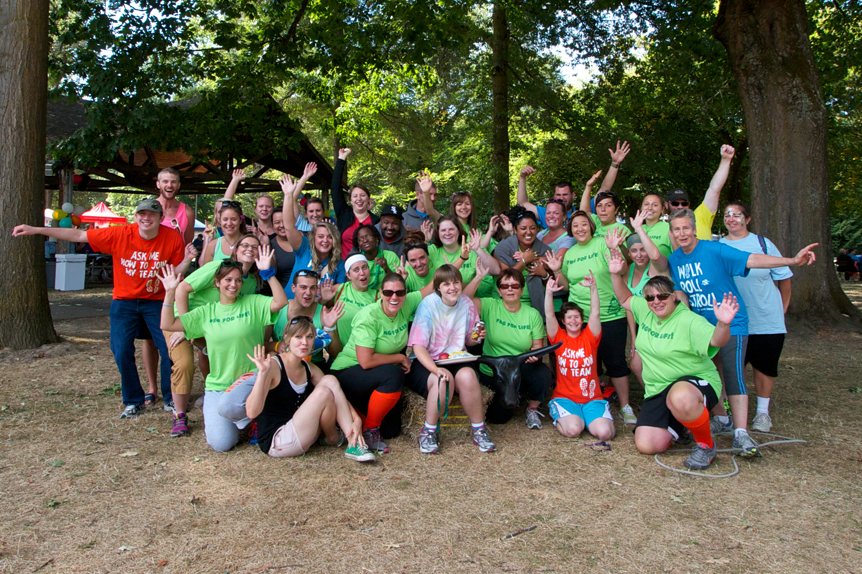 |
| Photo by Antonio Harris |
If you use Greater Giving as your event database, then you're already headed in the right direction. Their software is designed to organize and execute non-profit events. Here are some Greater Giving tips and best practices to help you manage your data and reach your goal or beyond on event night:
1. Every item donation needs a description, restriction, location and value. You need to track what exactly is being donated to you and any restrictions on the item or redeeming it, as they can affect who bids on it and for how much. Knowing the physical location of your auction items is important so everything makes it to the venue on event night. Make sure to adjust the location information as items arrive at your office so you don't try and arrange pick-up of an item you already have. The item's value is used to calculate minimum bid, bid increments and guaranteed purchase. Also, any amount paid over the value of the item is deductible on the winning bidder's taxes.
2. For gift certificates, be sure to also track if it's Donor Provided or Software Generated. Donor Provided certificates were given to you by the auction donor, software generated gift certificates need to be printed from Greater Giving. For Software Generated gift certificates, make sure the donor's contact information is printed on it, in case the winning bidder has any questions about certificate redemption.
 |
| Photo by Xilia Faye Photography |
The more diligent and detailed your are in the management of your data, the stronger your ability to raise funds the night of your event.


























